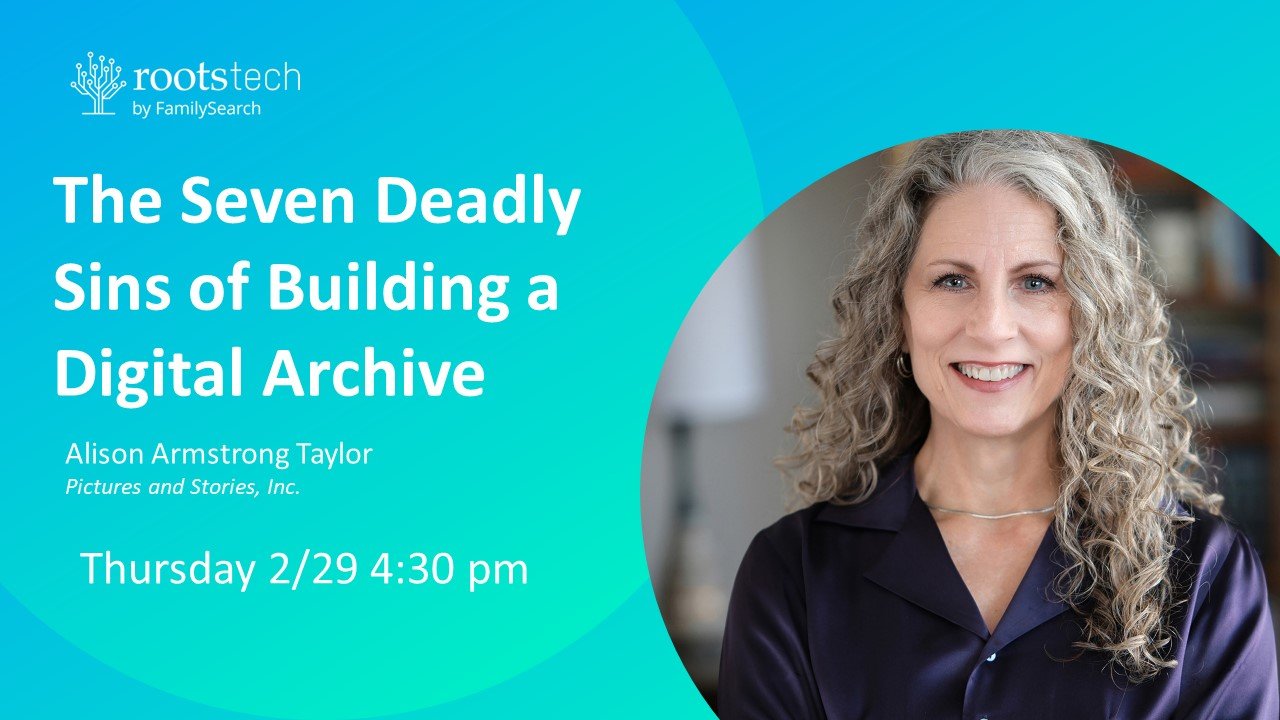On Getting Unstuck
Have you repeatedly started a life story project, but you can't ever seem to get past the first few pages? Getting hung up near the beginning is extremely common. (Clients often bring us snippets of a parent's aborted life history, wanting our help to complete the story now that the parent has passed away.These life accounts often begin with an account of their own parents and typically end at about age 7.)
Here's part of the reason why projects get hung up: trying to write in chronological order.
There is nothing wrong with a chronological account. But even if that's what you desire, you don't have to write your stories in the order that they happened. In fact, it's much easier not to. Why, you ask?
Think about it: the very beginning of your life (your birth, your early childhood, your parents' background) is the hardest part to write or talk about, because it is the hardest for you to remember. (Or your recollections are actually someone else’s recollections, which may or may not have any basis in reality.) Research is required, which slows your progress. By the time you get to the second grade, you are burned out and too discouraged to continue.
So, then where do I start?
1. First, create a life timeline. This is a place to gather story ideas as they come to you. You want to have a consistent catch-all to capture those memories as they come, because we don't think in a straight line. Check out this post for tips on creating a life timeline. Once your timeline is in place, continue to brainstorm to gather as many story ideas as you can. Then you'll have plenty to choose from for the next step, which is:
2. Story triage. You want to deliberately choose which stories are the most important for you to tell. Including everything that has ever happened to you would make for a very long (and probably very boring) account. But if you don't purposefully consider which stories are the most meaningful to you and why, you run the risk of missing the point of writing an autobiography in the first place. (You can see a webinar here that will help you choose your best stories.)
3. Start with the low-hanging fruit. The idea is to pick the easiest story to write, and start there.
What makes a story the easiest to write? Look over your chosen story ideas and find the one that feels like it would be the most fun to write or tell. Perhaps it’s the funniest story, or the most recent one about which you have the clearest memories, or the one you’ve told most often at family parties. What jumps out at you, begging, “me first?” It could be the most urgent story. Or the one that feels like putting on your favorite and most comfortable pair of shoes. Start there. Then after you've written that story, put it aside and go on to the next easiest story. Don't worry about connecting them; you can put them in order later and create transitions.
The magic of the "low-hanging fruit" method:
- You overcome resistance and procrastination by starting with something fun.
- You develop confidence and skill as you go along, giving you more tools later to tackle the harder parts.
- You will have more of your project completed before getting to a stuck point. (Every kind of large project--from building a house to losing weight--has a "plateau" phase, and writing a life history is no different.) But the more you have actually accomplished before hitting the plateau, the better you'll be able to move past it.
Give it a try and let us know how it goes in the comments below!
Read more about the concept of "low-hanging fruit" and other steps to creating a life story project in our book "How to Save Your Life, One Chapter at a Time."



